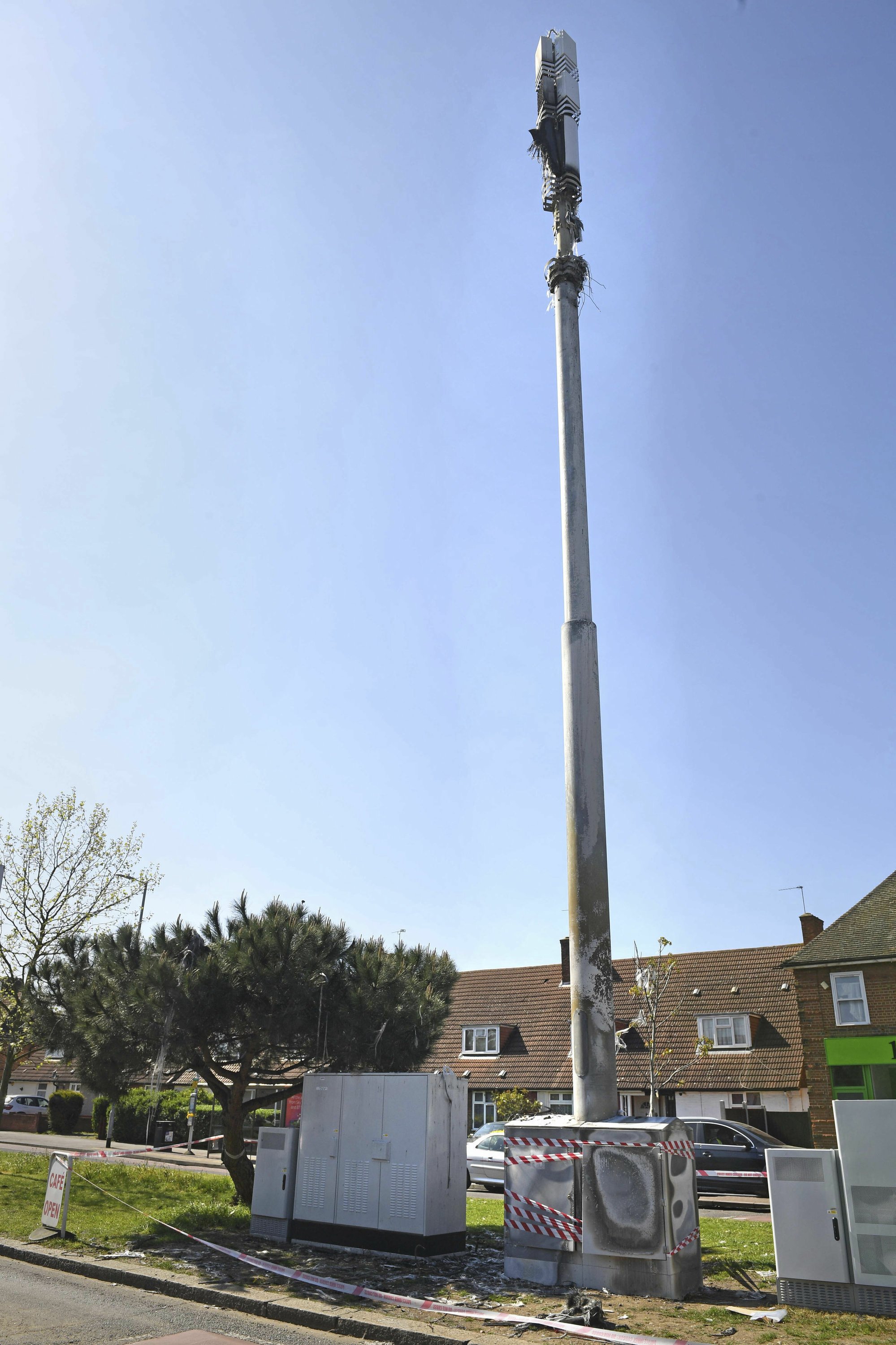If you've ever walked through a city, you may have seen tiny mini 5G cell towers on the poles of street lights. They look like little boxes, but they're actually broadcasting wireless signals from cellular providers to your phone.
The smaller ones are being replaced by larger built cell towers. Although they're not as visible but they can still cause problems for people.
It is the FCC's Radiation Exposure Thresholds
The FCC's Radiation Exposure Thresholds establish the safe distance that one can expose to electromagnetic energy generated by wireless devices. The exposure limits are based upon scientific research that show that RF energy can cause harm to health.
The absorption rate specific (SAR) is a measure of the amount of radiofrequency energy that is absorption by tissues. It is typically 1.6 milliwatts per kilogram calculated over one gram of tissue.
Since 5g is able to transmit at higher frequencies, it has the potential to create more energy on the skin and other exposed body areas. what is a safe distance from a 5g cell tower can result in various potential harms, including exacerbated development of skin diseases like dermatitis, cancer of the skin and cataracts.
Due to the possible severe effects of 5g radiation, PSU has chosen to set a general localized maximum power density of four MW/cm2 averaged on 1cm2, and never to exceed 30 minutes for all 5G services at 3000 GHz. This localized limit is consistent with the maximum SAR spatial-average of 1.6 W/kg, averaged over one g of tissue at 6 GHz.
The FCC's Maximum Exposure Thresholds
If you've ever used a cell phone, you probably know that the safest range from the tower is around 400 meters. safe distance from cell tower is because the power of the transmission of a cell tower increases dramatically the further you are from it.
While this sounds like an ideal idea however, people who live close to towers could be more susceptible to health issues. For example, a study from 2014 in India found that those living within 50 meters of cell towers had significantly more health complaints than those living further away from the antennas.
This study found that people who moved into areas farther away from cell towers noticed their symptoms improve within a few days. Studies have also revealed that exposure to high amounts of electromagnetic field radiofrequency (EMFs) can lead to cancer, brain tumors, and other health problems.
This is due to the fact that RF radiation, which is utilized in wireless communications, can penetrate the human body's exterior layer, which is the skin. This is vital to be aware of since the skin functions as a protective barrier against injuries caused by mechanical forces, infections caused by pathogenic microorganisms and the entry of harmful substances. It is also the biggest organ of the human body. It is responsible for maintaining the integrity of other organs.
The FCC's Minimum Exposure Thresholds for the Minimum Exposure
The FCC's Minimum Exposure Thresholds rely on numerous assumptions that are not supported by scientific research. https://telegra.ph/What-lengths-Away-From-a-new-5G-Mobile-Structure-Had-you-been-04-26 include the incorrect belief that short-term exposures RF radiations are not harmful because of the minimal radiation penetration in the human body (i.e. thermal heating of tissue).

This assumption does not take into account the deeper penetration of the ELF elements of modulated radio signals and the effects of brief bursts of heat generated by RF waves that are pulsed. These theories are not compatible with current understanding of the biological effects of RF radiation. Therefore, they should not be relied upon for health-protection exposure standards.
Additionally, the ICNIRP and FCC restrict their maximum exposure limits to local peak SARs based on the peak frequency of absorption (psSAR), which can be described as an inadequate dosimetric tool for determining the level of radiation exposure. In particular, psSAR is inaccurate for frequencies above 6 GHz. In addition, psSAR is not been tested for RF radiation that is exposed to other environmental agents , such as sunlight. The interactions of RF radiations with different agents in the environment could produce synergistic or antagonistic results. This can lead to an increased risk of negative health consequences. For instance, exposure to RF radiation along with exposure to sunlight can cause an increase in the incidence of developing skin cancer and exacerbate other skin conditions like acne.
